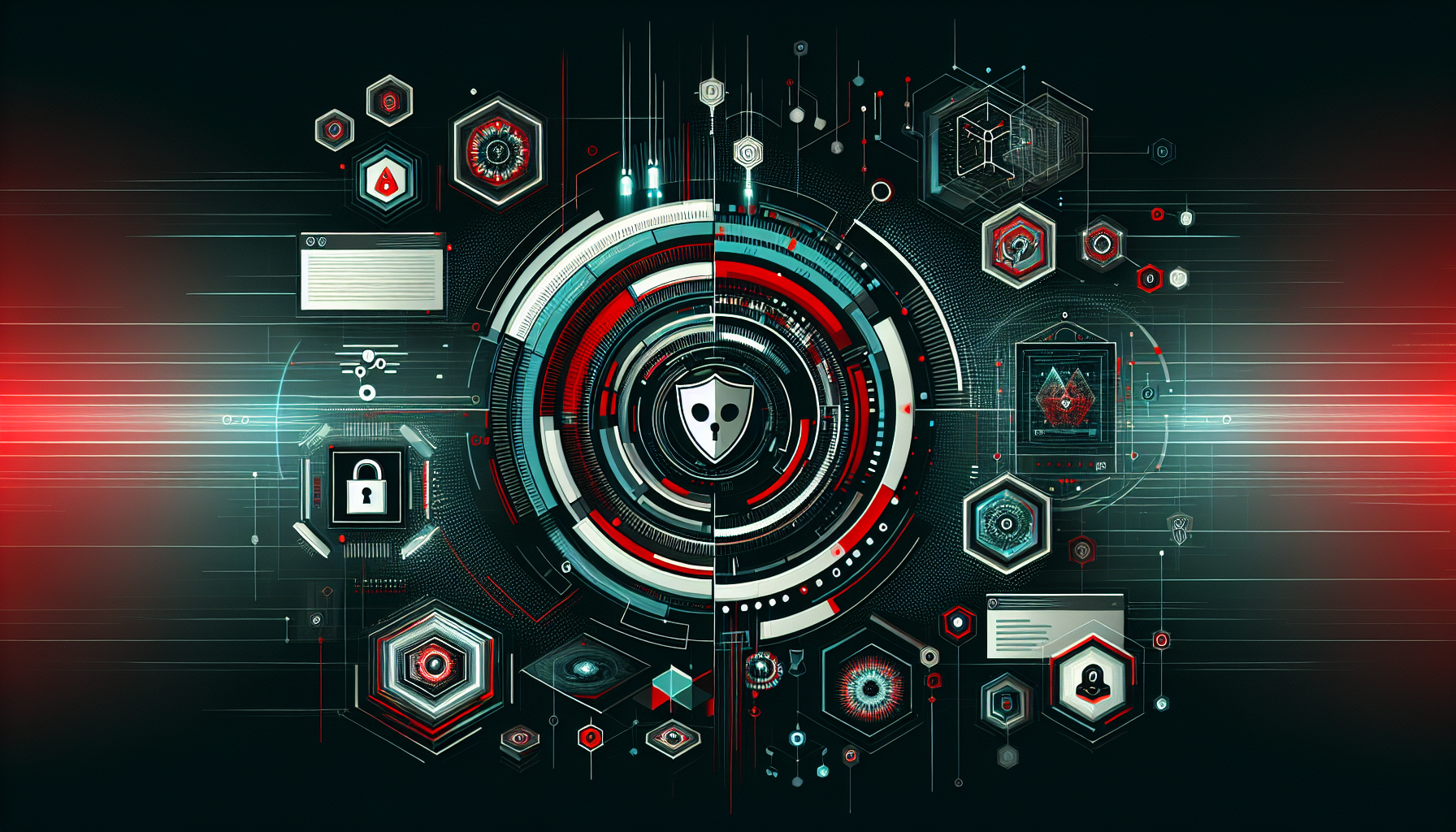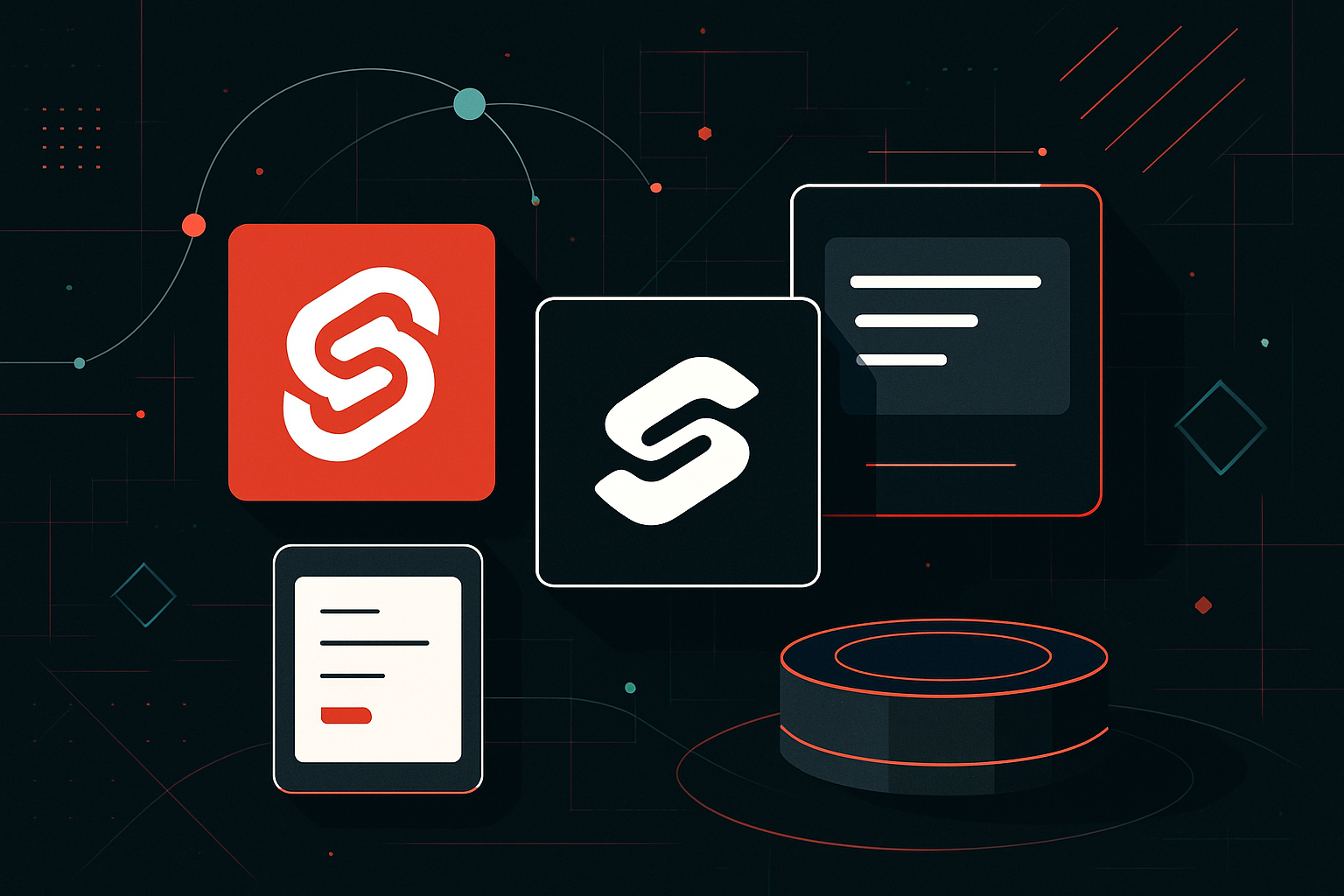How to Detect and Prevent Ransomware Attacks in 2025

Understanding Ransomware and Its Evolution by 2025
Ransomware attacks have evolved significantly by 2025, leveraging advanced techniques like AI-driven attacks and exploiting vulnerabilities in IoT devices. Understanding these changes is crucial for detection and prevention.
Identifying Ransomware Attacks
Indicators of Compromise (IoCs)
- Unusual Network Traffic:
- Sudden spikes in outbound traffic can indicate data exfiltration.
-
Use network monitoring tools like Wireshark to analyze traffic patterns.
-
File Extensions and Changes:
- Check for unusual file extensions like
.locked,.encrypted, or others. -
Utilize scripts to scan file systems for recent changes.
-
Unauthorized Access Attempts:
- Monitor logs for failed login attempts or attempts from unfamiliar IP addresses.
- Utilize SIEM solutions to automate log analysis.
Real-Time Detection Tools
- AI-Powered Threat Detection:
- Tools like Darktrace utilize machine learning to detect anomalies.
-
These systems learn normal behavior and flag deviations.
-
Endpoint Detection and Response (EDR):
- Solutions like CrowdStrike monitor endpoints for suspicious activities.
- EDR tools provide real-time visibility into endpoint communications.
Preventive Measures
Network Segmentation
- Isolate Critical Systems:
- Use VLANs to separate sensitive data from general user access.
-
Implement strict access controls to limit lateral movement.
-
Zero Trust Architecture:
- Authenticate and validate every device and user before granting access.
- Continuously verify trust with dynamic access controls.
Regular Backups
- Automated Backup Solutions:
- Use cloud-based solutions like Veeam for regular, automated backups.
-
Ensure backups are immutable and offsite to prevent tampering.
-
Backup Testing:
- Regularly test backup restoration processes to ensure reliability.
- Integrate backup testing into disaster recovery drills.
Patch Management
- Automated Patch Deployment:
- Use tools like Microsoft SCCM or ManageEngine to automate patch distribution.
-
Schedule regular patch cycles and emergency patches for critical vulnerabilities.
-
Vulnerability Scanning:
- Regularly scan systems with tools like Nessus to identify unpatched vulnerabilities.
- Prioritize patches based on threat intelligence and risk assessments.
User Training and Awareness
Phishing Simulation
- Simulated Phishing Campaigns:
- Use platforms like KnowBe4 to conduct regular phishing tests.
-
Analyze results to identify users who require additional training.
-
Interactive Training Modules:
- Provide engaging training sessions focusing on phishing and social engineering.
- Update training content regularly to cover new threats.
Security Policy Enforcement
- Strong Password Policies:
- Enforce the use of complex passwords and multi-factor authentication.
-
Use password managers to help users securely store credentials.
-
Device Security Policies:
- Require the use of VPNs and endpoint security software for remote access.
- Implement mobile device management (MDM) solutions for BYOD policies.
Incident Response Planning
Establishing an Incident Response Team
- Define Roles and Responsibilities:
- Clearly outline the roles of each team member during an incident.
-
Ensure contact information and escalation paths are up-to-date.
-
Regular Incident Response Drills:
- Conduct tabletop exercises to simulate ransomware scenarios.
- Use lessons learned to update the incident response plan.
Communication Strategies
- Internal Communication Protocols:
- Establish secure channels for incident communication, such as encrypted messaging apps.
-
Predefine communication templates to speed up response times.
-
External Communication:
- Prepare press release templates for public communication to maintain transparency.
- Engage with legal and PR teams for strategic communication planning.
Leveraging Advanced Technologies
Artificial Intelligence and Machine Learning
- Anomaly Detection:
- Implement AI-driven solutions to detect unusual behavior in real-time.
-
Continuously train models with new data to improve accuracy.
-
Predictive Analytics:
- Use analytics to predict potential attack vectors and preemptively secure them.
- Leverage threat intelligence feeds to enhance predictive capabilities.
Blockchain for Data Integrity
- Immutable Logging:
- Utilize blockchain technology to create immutable logs of transactions.
- Ensure data integrity and non-repudiation in audits and investigations.
Comparison of Ransomware Detection Tools
| Feature | Darktrace AI | CrowdStrike EDR | Microsoft Defender for Endpoint |
|---|---|---|---|
| AI Anomaly Detection | Yes | No | Yes |
| Real-Time Monitoring | Yes | Yes | Yes |
| Endpoint Visibility | Limited | Extensive | Extensive |
| Integration | High | High | High |
| User Interface | Intuitive | Intuitive | Comprehensive |
Sample Script for Basic File Monitoring
#!/bin/bash
# Monitor changes in the home directory
inotifywait -m /home/user -e create -e modify -e delete --format '%w%f %e' |
while read file event; do
echo "File $file was $event"
# Add logic to alert or log the event
done
Conclusion
By 2025, the landscape of ransomware attacks has become more sophisticated, necessitating advanced detection and prevention strategies. Organizations must leverage cutting-edge technologies, maintain robust security practices, and foster a culture of security awareness to safeguard against these evolving threats.





0 thoughts on “How to Detect and Prevent Ransomware Attacks in 2025”